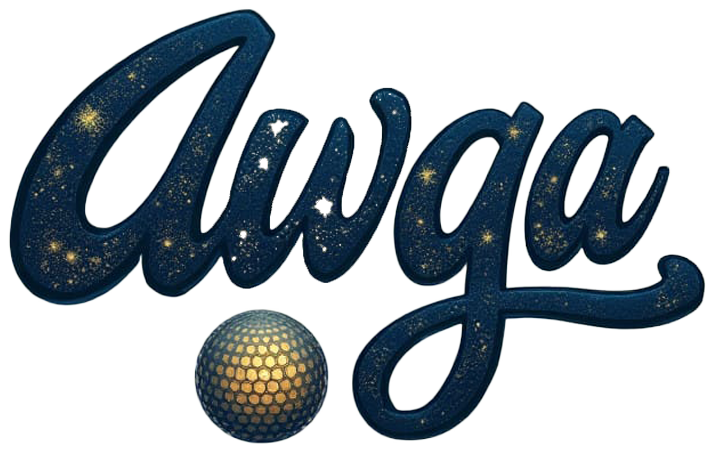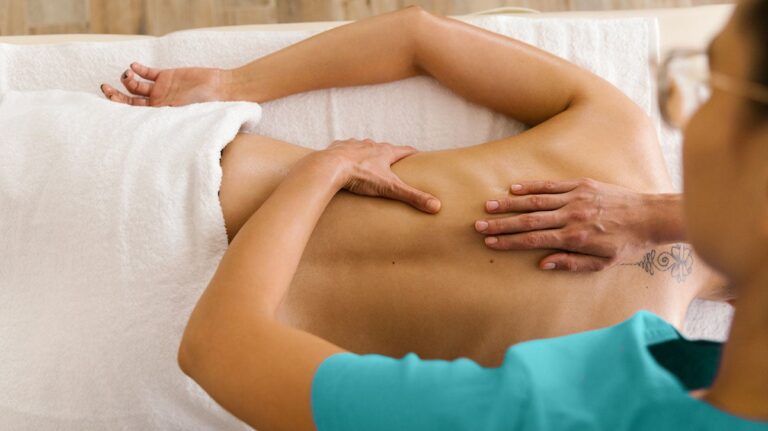Golf is a sport that requires precision, focus, and physical endurance. Despite its seemingly gentle nature, it can take a toll on the body, leading to muscle soreness and tension, especially in the back, shoulders, and arms.
Effective massage techniques can help alleviate this discomfort, enhancing your performance and enjoyment of the game. In this article, we explore various massage techniques specifically tailored to address golf-related muscle soreness, ensuring you stay at the top of your game.
The Power of Seosan Massage
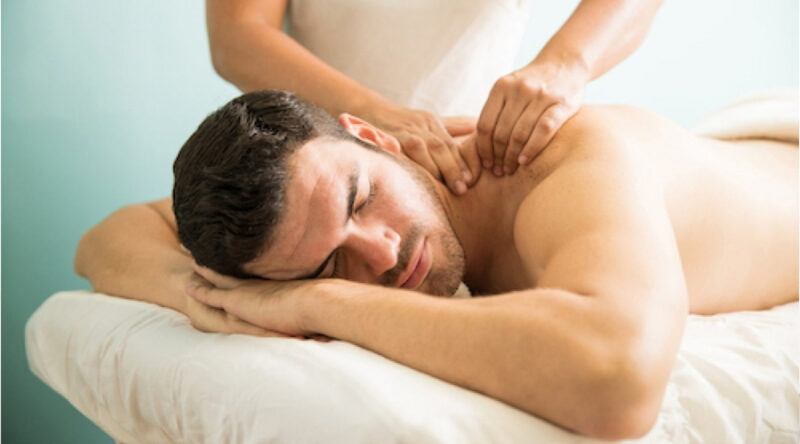
Seosan, a city in South Korea, is renowned for its unique massage techniques that combine traditional methods with modern therapeutic practices. Seosan massage (서산마사지) known for its deep tissue and acupressure techniques, is particularly effective for treating sports-related muscle soreness. This style of massage focuses on relieving deep-seated tension and promoting overall muscle recovery.
Incorporating elements of Seosan massage into your routine can provide targeted relief for golf-related muscle soreness. The deep tissue techniques help to break down adhesions and scar tissue, improving flexibility and reducing pain. Meanwhile, acupressure points along the body’s meridians can stimulate energy flow and promote healing.
Golf-Related Muscle Soreness
Muscle soreness from golf typically stems from the repetitive motion of swinging the club and the rotational forces exerted on the body. The most commonly affected areas include the lower back, shoulders, forearms, and wrists. Overuse and improper technique can exacerbate this soreness, leading to stiffness and decreased mobility.
Regular massage therapy can help to alleviate this discomfort by targeting these specific muscle groups, improving circulation, and promoting relaxation. Additionally, massage can help to prevent injuries by keeping muscles flexible and reducing tension.
Deep Tissue Massage for Back Pain
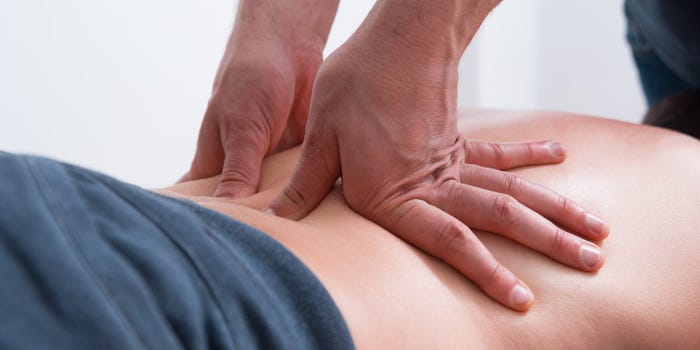
Lower back pain is a common complaint among golfers. The repetitive twisting motion of a golf swing places significant strain on the lumbar region. Deep tissue massage is particularly effective for addressing this type of pain. This technique involves applying sustained pressure using slow, deep strokes to target the inner layers of muscles and connective tissues.
During a deep tissue massage, the therapist will focus on breaking down adhesions in the muscles, which can cause pain and inflammation. This helps to improve blood flow and oxygenation, promoting healing and reducing muscle tension. Regular deep tissue massages can help to maintain flexibility and prevent the recurrence of lower back pain.
Trigger Point Therapy for Shoulder and Arm Soreness
The shoulders and arms are heavily engaged during a golf swing, making them prone to muscle soreness and tension. Trigger point therapy is an effective technique for relieving pain in these areas. Trigger points are hyperirritable spots in the muscle that can cause referred pain in other parts of the body.
A skilled therapist will identify and apply pressure to these points, helping to release the knots and alleviate pain. This technique can be particularly beneficial for golfers who experience shoulder stiffness or forearm pain after a round. By addressing these trigger points, the therapist can help to restore normal muscle function and improve range of motion.
Sports Massage for Overall Muscle Recovery
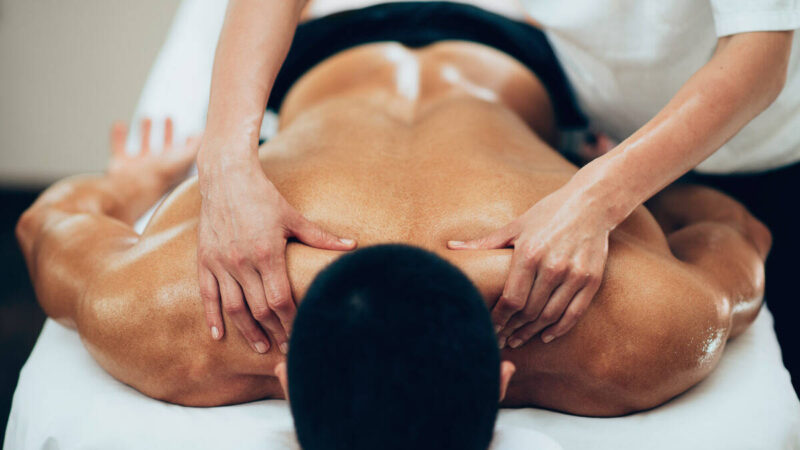
Sports massage is specifically designed to meet the needs of athletes and active individuals. It combines various techniques, including deep tissue, trigger point therapy, and stretching, to enhance muscle recovery and performance. For golfers, sports massage can be a valuable addition to their routine, helping to prevent injuries and improve overall muscle health.
During a sports massage, the therapist will focus on areas of the body most affected by golf, such as the lower back, shoulders, and arms. The techniques used can help to reduce muscle tension, improve flexibility, and promote faster recovery. Regular sports massages can also help to improve circulation and reduce the risk of muscle strains and sprains.
Myofascial Release for Flexibility
Myofascial release is a technique that targets the fascia, the connective tissue that surrounds and supports the muscles. This technique involves applying gentle, sustained pressure to the fascia to release restrictions and improve flexibility. For golfers, myofascial release can be particularly beneficial for improving range of motion and reducing muscle tightness.
The therapist will use their hands to stretch and release the fascia, helping to restore normal movement patterns. This technique can be especially helpful for golfers who experience tightness in the hips, hamstrings, or shoulders. By improving flexibility, myofascial release can enhance performance and reduce the risk of injuries.
Combining Massage with Stretching
Combining massage therapy with stretching exercises can enhance the benefits and promote overall muscle health. Stretching helps to lengthen the muscles, improve flexibility, and reduce the risk of injury. After a massage, gentle stretching can help to maintain the increased range of motion and prevent muscle tightness.
Focus on stretching the areas most affected by golf, such as the lower back, shoulders, and arms. Simple stretches like shoulder rolls, trunk rotations, and wrist flexor stretches can be highly effective. Incorporating a regular stretching routine into your post-massage care can help to keep your muscles flexible and reduce the likelihood of soreness.
Hydration and Proper Nutrition

Hydration and proper nutrition play a crucial role in muscle recovery and overall wellness. Drinking plenty of water before and after your massage helps to flush out toxins released during the session and keep your muscles hydrated. This is particularly important for athletes, as dehydration can lead to muscle cramps and decreased performance.
Eating a balanced diet rich in fruits, vegetables, lean proteins, and whole grains provides the nutrients your body needs to recover and maintain energy levels. Foods high in antioxidants, such as berries and leafy greens, can help to reduce inflammation and promote healing. Proper nutrition supports muscle health and enhances the benefits of massage therapy.
Embracing Regular Massage Therapy
Incorporating regular massage therapy into your routine can provide long-term benefits for managing golf-related muscle soreness. Whether you choose deep tissue massage, trigger point therapy, or a combination of techniques, regular sessions can help to maintain muscle health, improve flexibility, and reduce the risk of injuries.
Consider scheduling massages at least once a month, or more frequently if you play golf regularly. Working with a skilled therapist who understands the demands of the sport can ensure you receive the most effective treatment for your needs. By embracing regular massage therapy, you can enhance your performance, reduce muscle soreness, and enjoy the game to its fullest.
